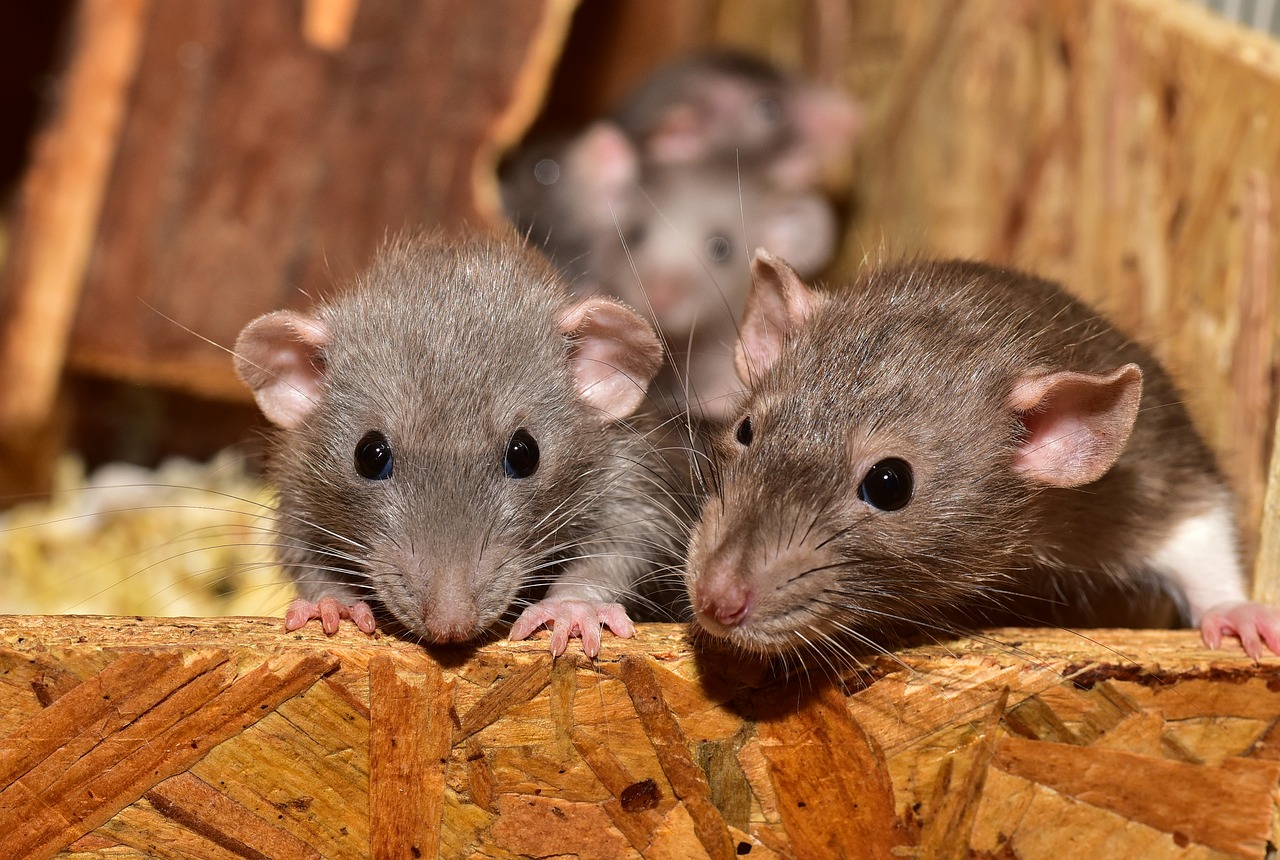
Rats do not hibernate; in fact, they are quite active during winter. Hibernation is a method for many animals, from bears to bats, to survive the cold weather of winter. Because rats do not hibernate, they need to find reliable food sources and warm places to shelter from cold weather. Your home offers food, water, and warmth to rats!
Need Help with a Rat Infestation this Winter?
Find a Critter Control near you.
Need Help with Squirrel infestation?
How Do Rats Survive Through the Winter
Rats can maintain their body temperature and remain active throughout the winter, unlike true hibernating animals. Rats have a thick, insulating fur coat that helps them retain body heat. Additionally, rats may increase their activity levels during the day to generate more body heat.
During the winter, rats will seek out warmer shelters, such as inside homes, buildings, or other structures, to escape the cold. Rats may become more active at night and spend more time foraging for food, as their food sources may be scarce during the winter months.
They will often huddle together in groups to share warmth and conserve energy. Rats may also build nests using various materials, such as shredded paper, fabrics, or insulation, to create a warm, cozy environment.
Rat Damage to Homes
Rat breeding does slow down during colder months, but that doesn’t mean it stops altogether. A growing colony of these pests can cause serious structural damage to an infested home.
Nest Building
Ripped insulation, upholstery, and paper make perfect nesting materials for rat nests.
Digging
This species is notorious for digging tunnels around home foundations that can compromise safety and stability.
Gnawing
Norway rats grind down their ever-growing teeth by chewing on floor and ceiling joists, wiring, door corners, siding, and other hard surfaces.
Contaminate Foods
Rats are omnivores and will eat a variety of food sources during the winter. They may scavenge for scraps and leftovers around homes and businesses. Rats will also store food, such as grains, seeds, and nuts, to sustain them through the colder months.
The warmth from appliances and the access to food make your kitchen very appealing to rats during the winter.
Signs of a Rat Infestation during the Winter
Rats leave behind telltale signs that are quite clear:
- Feces on countertops, in drawers, underneath the sink, and inside pantries that are larger than those of their mice counterparts
- Scampering noises within your walls at night
- Gnaw marks on walls, cabinet doors, around electrical sockets, and on cardboard boxes of food such as pasta or rice
- Black oily smudge marks made up of oil and filth that rats leave behind as they run alongside walls and baseboards.
- Strange dog behavior, such as staring at a wall, barking or whimpering at a wall or the underside of the refrigerator
- The distinct musky smell of rat urine
How to Prevent Rat Infestations during the Winter
A homeowner can take steps to make a house less attractive to rodents, such as sealing all gaps in your home, including where pipes and wires are covering vents with mesh, keeping all crumbs off counters and out of pantries, fixing any water leaks, and maintaining a yard clear of debris. However, when temperatures begin to drop in the fall, rats will often find their way in, especially in northern states where the climate can be lethal to them. Once inside, and because they are prolific breeders, it is imperative to call Critter Control so we can eradicate the rats before they inflict costly damage or put your house at risk of an electrical fire.
Critter Control Winter Rat Control
At Critter Control, we understand the importance of effective rat control solutions. Rats can be a nuisance, causing damage to your property and posing health risks. Our comprehensive rat control services are designed to help you eliminate these pests and regain control of your home or business.
When it comes to rat extermination, Critter Control is the name you can trust. Here’s why:
First and foremost, our team of experts is highly trained in dealing with rat infestations. We have years of experience in identifying rat entry points, assessing the extent of the problem, and implementing targeted solutions to eliminate rats from your premises.
Additionally, we utilize advanced techniques and industry-leading products to ensure the most effective rat extermination. Our methods are safe for both humans and pets, while still being highly efficient in eliminating rats and preventing their return.
But our commitment to solving your rat problem doesn’t stop at extermination. We believe in taking a proactive approach to pest control. That’s why we offer preventive measures to keep rats away from your property in the future.
Our experts will conduct a thorough inspection of your property to identify potential entry points and vulnerable areas. We will then provide recommendations on sealing off these entry points and implementing rat deterrent measures. By addressing the root causes of rat infestations, we aim to prevent future problems and give you peace of mind.
With Critter Control rat control solutions, you can trust that your rat problem will be handled efficiently and effectively. Contact us today to schedule a consultation and take the first step towards a rat-free environment.
Get them out.
Keep them out.®
Experiencing a wildlife or pest issue? We can help! Complete this form and your local Critter Control® office will contact you to assist.
- Baby Rats
- Do Rat Repellents Work?
- Dead Rat
- Rat Droppings
- Diseases from Rats
- Rat Bites
- Rat Life Cycle
- Identify Rat Noises Inside Your Home
- Rat Tracks
- Rat Traps & Baits
- Rat Tunnels in Attic
- Rats in Cars
- Rats in Crawl Space
- Rats in Homes
- Rats in Walls
- Types of Rats
- What Can Rats Chew Through
- What Do Rats Eat?
- What Does a Rat Look Like?
- Where Do Rats Nest?